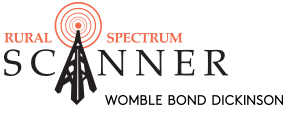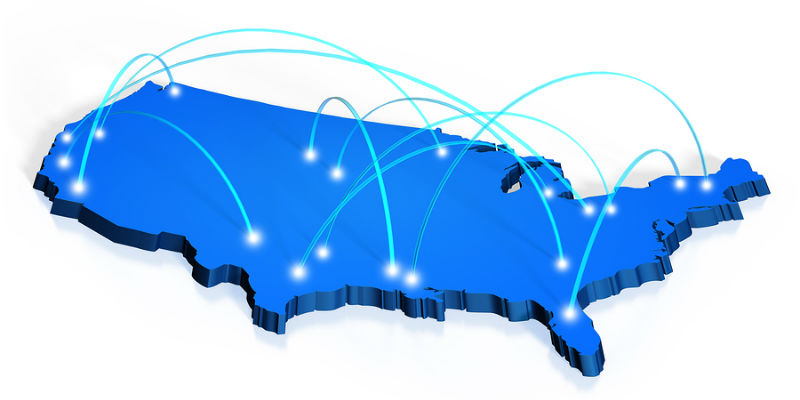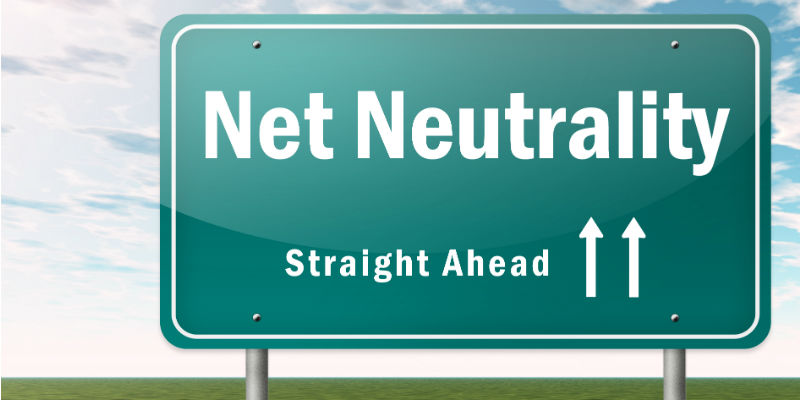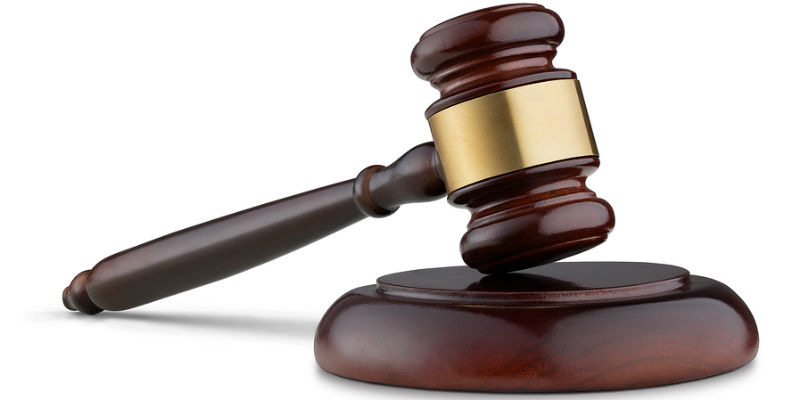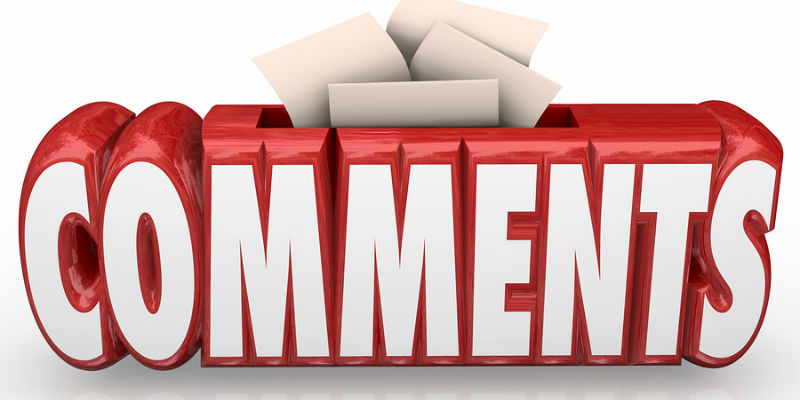The FCC, voting 3-2 along party lines, has adopted its 2018 Broadband Deployment Report. Since 1996, with the passage of Section 706 of the Telecommunications Act of 1996, the FCC has been required to determine annually whether advanced telecommunications capability is being deployed to all Americans “in a reasonable and timely fashion.” FCC Chairman Pai, together with Commissioners O’Rielly and Carr, concluded that the Commission is indeed encouraging broadband deployment on a reasonable and timely basis, despite the fact that “far too many Americans lack access to high-speed Internet service” and that the agency “must continue its work to encourage deployment of broadband to all Americans, including those in rural areas, on Tribal lands, and in the nation’s schools and libraries.” In making its assessment, the 2018 report maintains the current speeds standard for fixed service of 25 Mbps downlink and 3 Mbps uplink, and analyzes the mobile wireless speeds for which it has the comprehensive data, including minimum advertised speeds collected by the FCC of 5 Mbps downlink and 1 Mbps uplink, and actual median speeds collected by third-party Ookla of 10 Mbps downlink and 3 Mbps uplink. Among the report’s finding are the following:
- As of year-end 2016, 92.3% of all Americans have access to fixed terrestrial broadband at speeds of 25 Mbps downlink and 3 Mpbs uplink, up from 89.4% in 2014 and 81.2% in 2012.
- Urban markets saw 10 Mbps/3 Mbps mobile LTE service speeds increase from 81.9% of POPs in 2015 to 90.5% of POPs in 2016, but in Rural and Tribal lands, those numbers remained flat at about 70% and 64%, respectively. Approximately 14 million rural Americans and 1.2 million Americans living on Tribal lands still lack mobile LTE broadband at speeds at or above 10 Mbps/3 Mbps.
- In rural areas, 68.6% of Americans have access to both fixed terrestrial services at 25 Mbps/3 Mbps and mobile LTE services at 10 Mbps/3 Mbps, as opposed to 97.9% of Americans in urban areas.
- Approximately 98.1% of the country has access to either fixed terrestrial service at 25 Mbps/3 Mbps or mobile LTE services at 10 Mbps/3 Mbps, with that number dropping to 89.7% in rural areas.
The Commission’s two Democratic commissioners voiced their objections to the majority’s conclusions, with Commissioner Rosenworcel calling the report’s general conclusion “ridiculous – and irresponsible” and Commissioner Clyburn calling it “straw grasping.”
